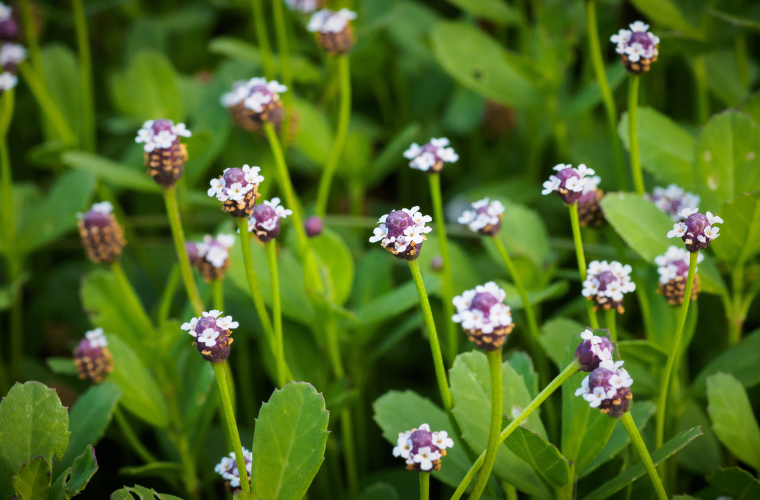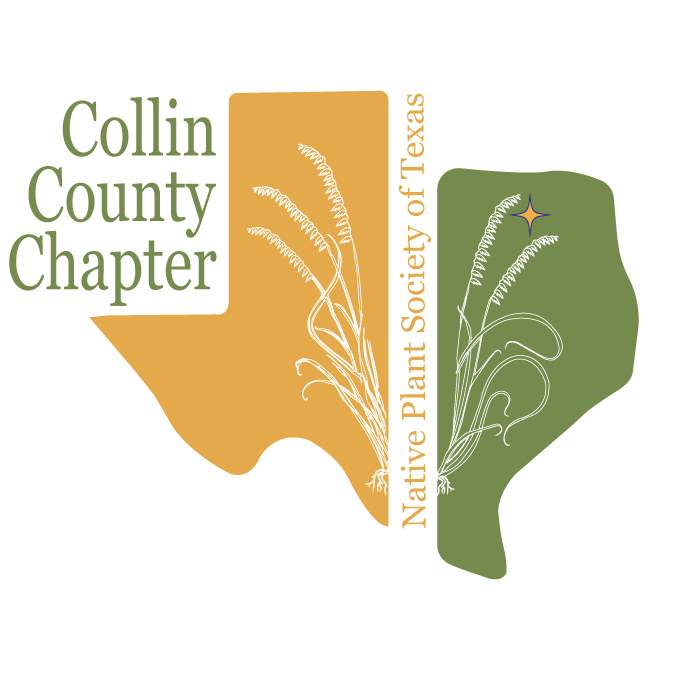September 9 @ 6:15 pm – 8:30 pm
Please join us for our chapter meeting in person or online!
6:15 Doors Opens – UHCL Bayou Building, Garden Room
6:40 Zoom Opens
6:45 Business Meeting
6:55 Plant of the Month
7:00 Guest Speaker
Texas native grasses and groundcovers can be a great addition to your landscape. Native grasses not only add structural interest but also create valuable wildlife habitats. Cheryl Barajas will share insights on how to seamlessly incorporate these grasses into your garden. Bev Morrison will cover the selection and approaches to groundcovers, many of which can lead to minimal or even turf-free lawns. But be cautious—some ground covers can spread quickly! Using native grasses and groundcovers in your garden is easier and more beautiful than you might expect.
About the Speakers
Cheryl Barajas is a dedicated native plant enthusiast, currently serving as the Plant Sale Committee Chair. With her expertise as a Master Gardener since 2012 and a Master Naturalist since 2019, Cheryl’s passion for the environment and over five years of active membership in the Native Plant Society make her a valued advocate for sustainable gardening and native plant conservation.
Bev Morrison has recently developed an interest in plants, despite not having a gardening background. She is a Master Naturalist, teaches fourth graders through the Longhorn Project, and volunteers at various nature and conservation sites. Although she enjoys birding, her primary interests are prairies and trees. Bev is eager to share her knowledge about trees through the Native Landscape Certification Program (NLCP) while continuing to learn herself.
In-person – Parking Pass Required
New YELLOW parking passes are needed. Parking & Transportation will be checking! Patty Steinke will be outside handing out passes. If you have a pass, don’t forget it – you will not get another one if you picked one up previously. If you need a pass, arrive early enough to pick one up and place it in your car. DO NOT park in faculty/staff parking (enforced 24/7).
Map and Directions – The meeting will be held in the Bayou Building’s Garden Room at UHCL.
University of Houston-Clear Lake
2700 Bay Area Blvd.
Houston, TX 77058
Online – Zoom
Register in advance for this meeting. After registering, you will receive a confirmation email containing information about joining the meeting.
This is a FREE EVENT. Meetings are open to members and non-members. If you would like to become a member, you may join online. For more information about the Native Plant Society of Texas and the benefits of membership please visit: npsot.org.
Hosted by the Environmental Institute of Houston, University of Houston-Clear Lake.







